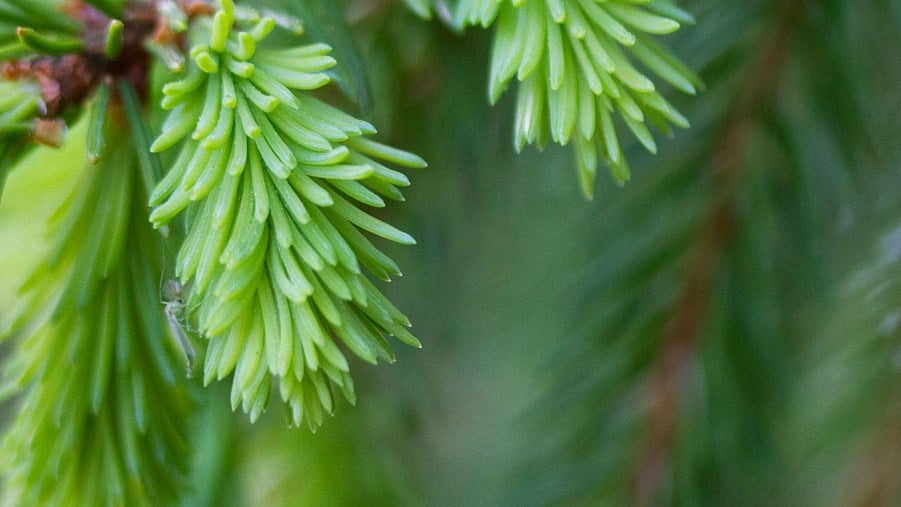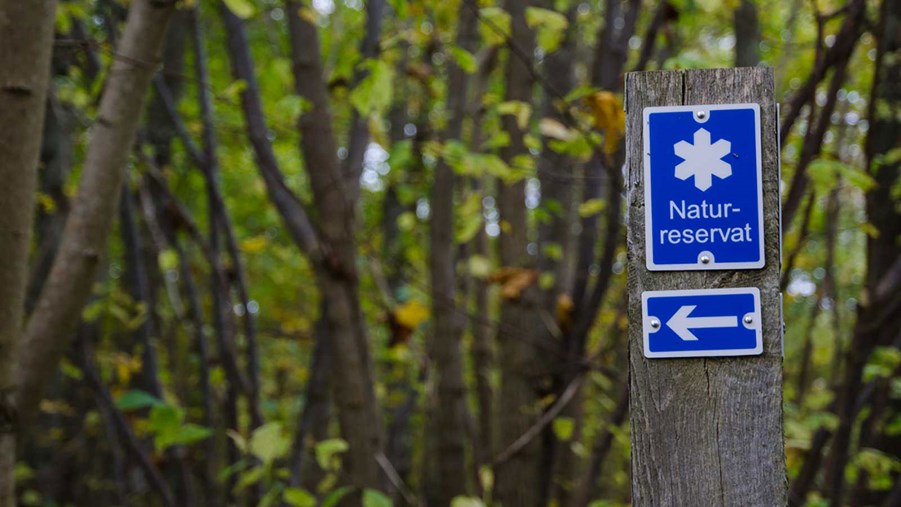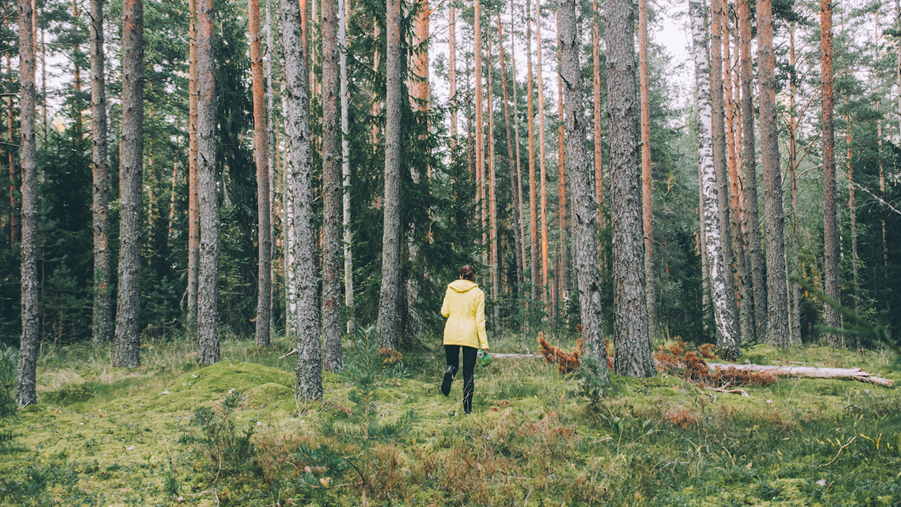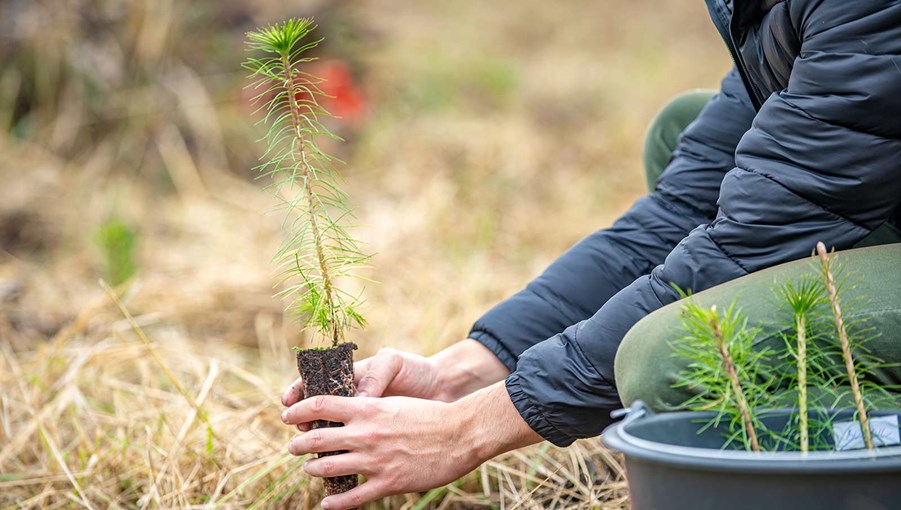
Sweden's forests have one of the most mixed ownership structures in the world. Furthermore, a relatively large degree of freedom exists within Swedish law relating to how forest land may be managed. Given this, why are forests in Sweden used in the way they are?
Forest management is a long-term undertaking. Depending on the fertility of the soil and where a forest is located, a typical growth cycle is between 60 and 100 years. In southern Sweden, trees can grow almost twice as fast as in the north. For every fully-grown tree that is harvested, at least two new ones are planted, usually more. This is a fundamental basis for sustainable forestry that seeks to ensure that future generations have access to and use at least as much forest as we do.
Other vital components of sustainable forest management include planting the right trees in the right areas, so that tree species grow in appropriate soil types and climate zones. It is important to take care of valuable forest resources by increasing growth and investing in growing forests.
In the case of final felling, for example, efforts are made to preserve existing natural values. When managing young and thinning forests, this may involve creating new future natural values. Some forests have considerable or unique values that should be preserved.
In order to constantly improve, Swedish forest companies actively monitor and evaluate their environmental efforts, i.e.: ecological sustainability, which is one of the foundations of Swedish forestry and one of its three sustainability pillars.
The other two pillars are economic and social sustainability. It is imperative that forests must be used responsibly and profitably, and in ways that always support competitiveness and value growth for future generations, so that the forestry industry ensures that people can live and lead their lives anywhere in Sweden.


